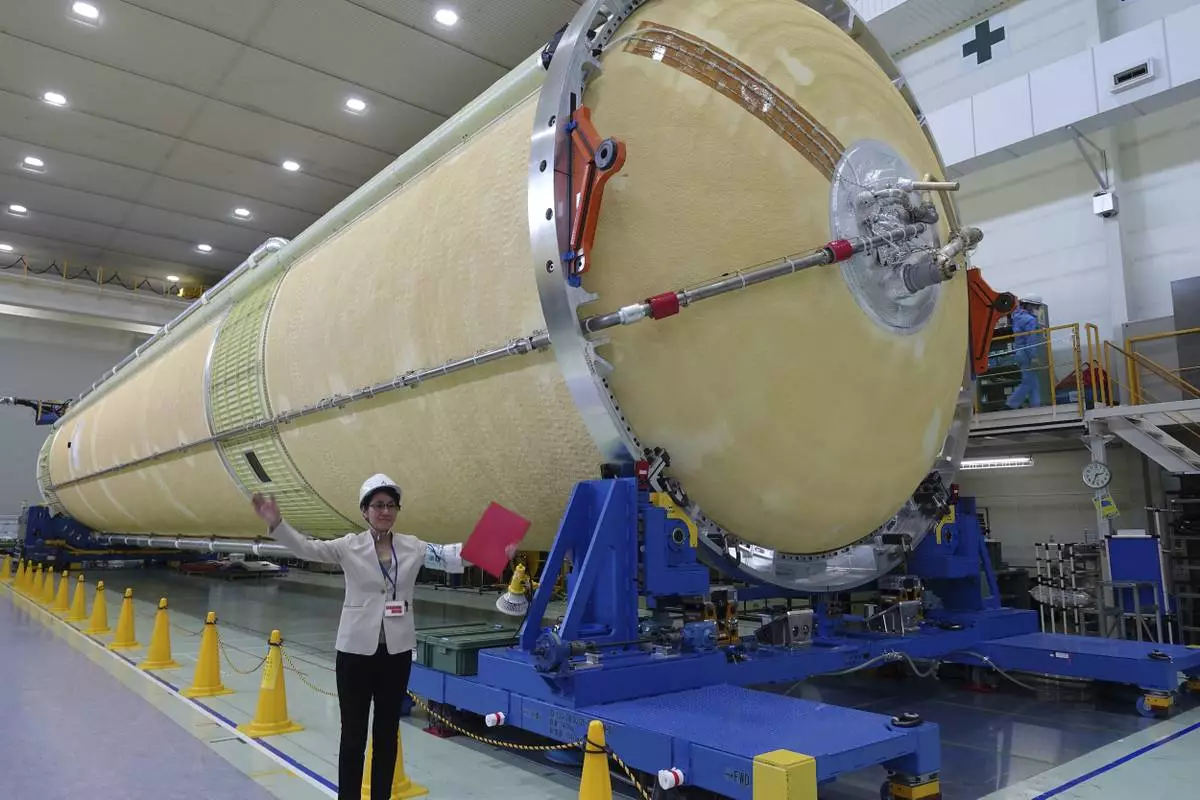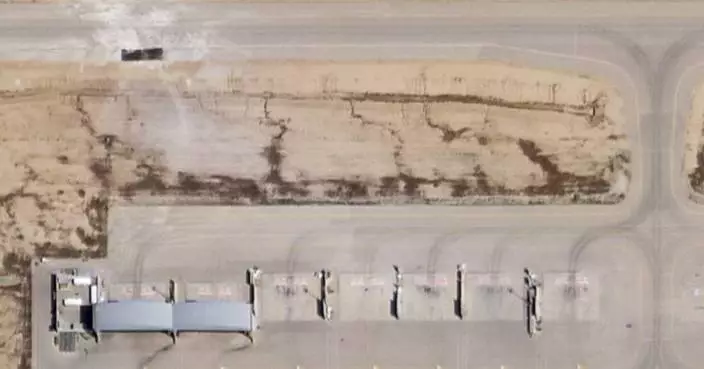An Earth-observation satellite for Taiwan's National Space Organization was launched into orbit from California on Thursday.
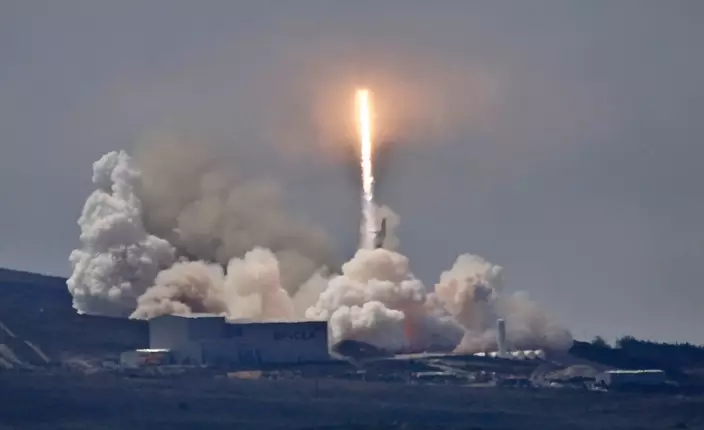
A SpaceX Falcon 9 rocket carrying the Formosat-5 satellite lifts off from Vandenberg Air Force Base, Calif. on Thursday, Aug. 24, 2017. This is the 15th successful landing of a Falcon 9, which successfully landed its first stage on a drone ship in the Pacific Ocean as the second stage continued on and deployed the satellite. (Matt Hartman via AP)
The Formosat-5 satellite lifted off from coastal Vandenberg Air Force Base at 11:51 a.m. atop a SpaceX Falcon 9 rocket, which successfully landed its first stage on a drone ship floating in the Pacific Ocean as the second stage continued on and deployed the satellite.
Moments before the first-stage touchdown the video link to the vessel froze, then reappeared and showed the rocket standing. Cheers erupted in the SpaceX control room in the Los Angeles suburb Hawthorne.
"This is the 15th successful landing of a Falcon 9," said Lauren Lyons, the SpaceX webcast launch commentator.
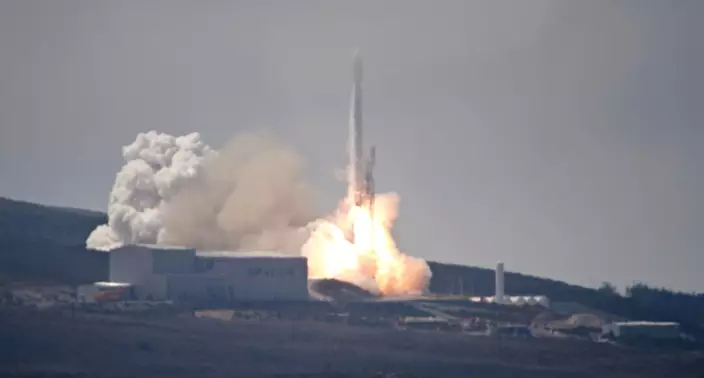
A SpaceX Falcon 9 rocket carrying the Formosat-5 satellite lifts off from Vandenberg Air Force Base, Calif. on Thursday, Aug. 24, 2017. This is the 15th successful landing of a Falcon 9, which successfully landed its first stage on a drone ship in the Pacific Ocean as the second stage continued on and deployed the satellite. (Matt Hartman via AP)
Formosat-5 is the first satellite to be fully designed by Taiwan's space agency and is intended to advance the nation's space technology and scientific research while providing global imagery with a wide array of uses ranging from natural resource studies to disaster management.
Planned to operate for five years in low-Earth orbit, about 446 miles (720 kilometers) high, its main instrument is a sensor that can produce high-resolution black-and-white and color images.
A predecessor satellite, Formosat-2, produced more than 2.5 million images over 12 years of operation before it wore out and was decommissioned a year ago.
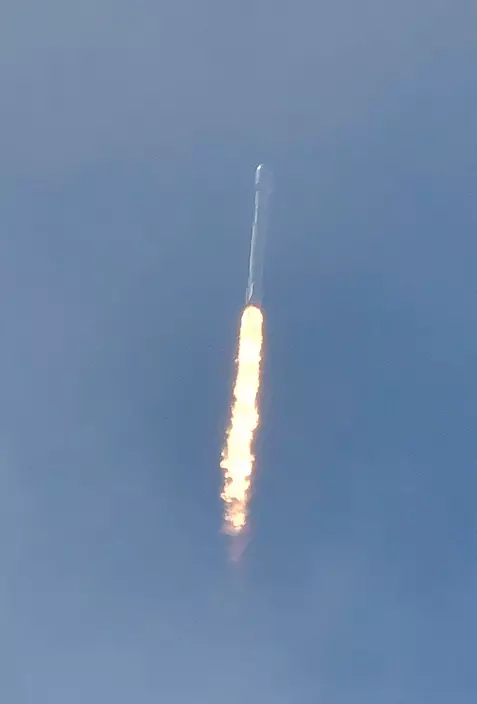
A SpaceX Falcon 9 rocket carrying Taiwan's National Space Organization satellite lifts off from Vandenberg Air Force Base in California on Thursday, Aug. 24, 2017. The Earth-observation satellite is the first to be fully designed by Taiwan's space agency and is intended to advance the nation's space technology and scientific research while providing global imagery with a wide array of uses. (Len Wood/The Santa Maria Times via AP)
Formosat-5 also carries a secondary payload, an ionospheric probe for scientific research.
The landing of the Falcon 9 first stage aboard the drone ship Just Read the Instructions was the latest in a string of successful recoveries at sea or on shore by SpaceX, which sees reusability of major rocket components as key to driving down launch costs.
This past March, SpaceX reused a Falcon 9 first stage for the first time in a satellite launch from Florida and again successfully landed it. That first stage originally flew on a space station supply mission in April 2016.




